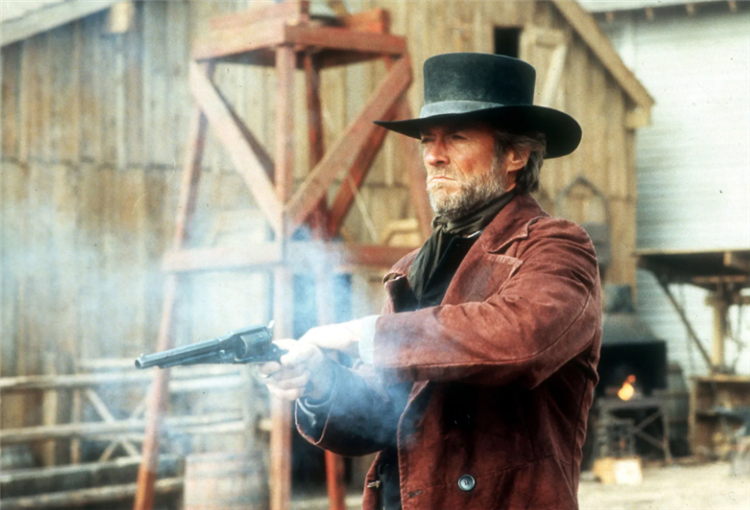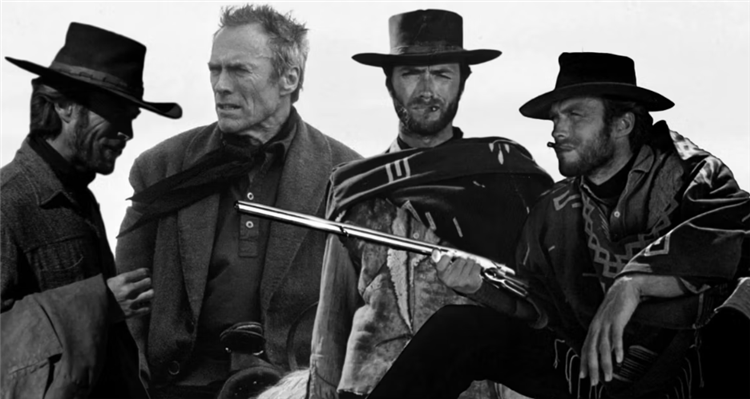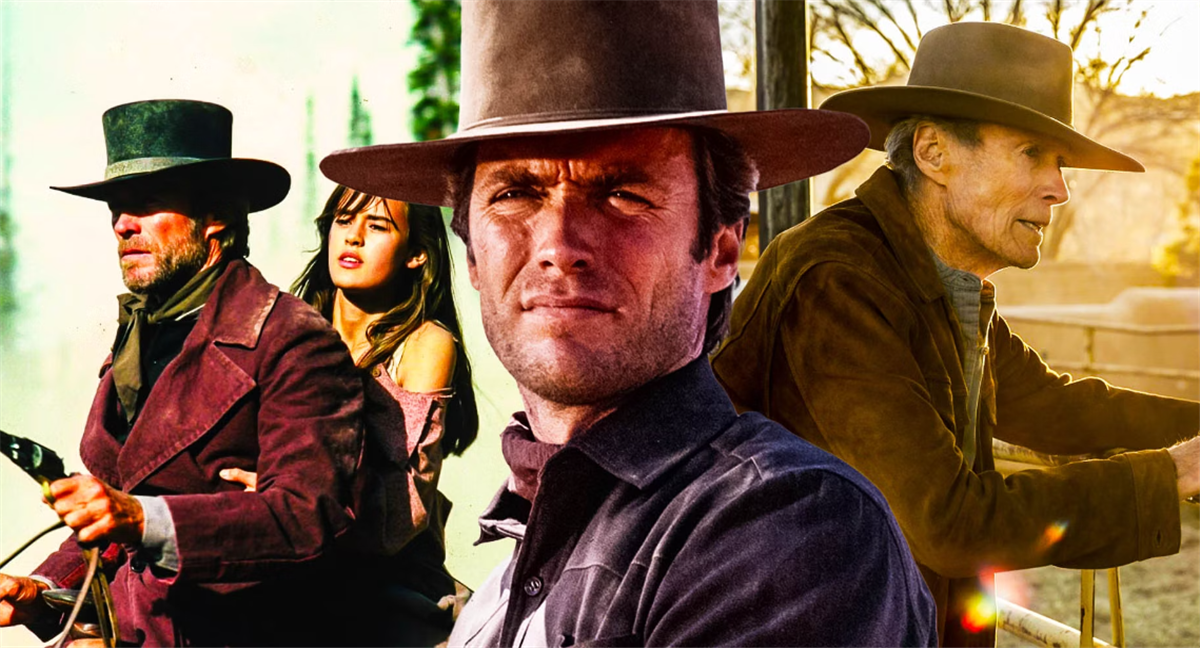In the spirit of the Western genre, movies and TV shows kind of had a breezy attitude about them…and then, there’s Clint Eastwood. Putting most of the modern-day “usual suspects” up against an Eastwood-guided Western is pretty silly. Eastwood’s Western movies and TV work (think Rawhide) have a gritty edge to them. Compared to those other Westerns, Eastwood takes his viewpoint of them and scores with audiences.
Yet like any young actor, Clint had to start somewhere. In 1956, Eastwood played Lt. Jack Rice in The First Traveling Saleslady starring Ginger Rogers and Carol Channing. Clint had some Western company in this one, though. James Arness, who would go on to play Marshal Matt Dillon in Gunsmoke, also had a role, too.
Over the next few years, Eastwood appeared in a couple more movies and TV work on Death Valley Days and
Maverick. Eastwood, in 1959, started a good run as “Rowdy” Yates on Rawhide. The show was pretty formulaic and stayed that way throughout its run.
Clint Eastwood Wanted To Change His Style A Bit

But Clint was not happy with his work or his salary on TV. Once his responsibilities to Rawhide were done, Eastwood was looking for a change. It was in the early 1960s when Eastwood and Sergio Leone crossed paths. This meeting led to Clint starring in a few “Spaghetti Westerns” for Leone. They included A Fistful of Dollars, For a Few Dollars More, and The Good, the Bad, and the Ugly.
In these movies, Eastwood appeared in a tougher, grittier way. People knew once they saw Eastwood in these Westerns that his style was way different from pop-culture cowboys. Eastwood appeared to enjoy himself in making these flicks.
Coogan’s Bluff and, to a greater extent, Hang ‘Em High allowed Eastwood to continue honing his newfound image in the West. Then, well, he decided to take part in a musical comedy called Paint Your Wagon. A detour that saw Eastwood sing I Still See Elisa as Pardner. Thankfully, Eastwood had some fun doing this movie but returned to his bread-and-butter.
Two Mules for Sister Sara, The Beguiled, and Joe Kidd moved Eastwood back into familiar territory in his style of Western. In High Plains Drifter, Eastwood goes behind the camera as well as in front of it. He plays a gun-fighting stranger who works hard to fight off three outlaws. Still, when he’s in the camera shot, Eastwood owns his scenes.
Playing Strong Lead Role Suited Eastwood Well

The Outlaw Josey Wales is another in a solid string of Eastwood Westerns where he’s really good in the lead role. His fans dig Eastwood in this kind of Western. But he will detour again with two Western-themed comedies, Bronco Billy and Honkytonk Man.
In 1985, at a time when Westerns weren’t too hot as a genre, Eastwood put Pale Rider on the big screen. He plays a preacher who goes up against a greedy mining company that wants the citizens’ land. Again, we see Eastwood play a strong lead role where he’s involved in the main storyline.
Now, we come upon Unforgiven, which just might be Eastwood’s finest hour in the Western genre. He will play retired gunslinger William Munny. Munny goes on one final job, but he takes his partner and a young protege with him. It’s a stoic, strong, silent Eastwood in full command when he’s on the screen. Unforgiven won nine Academy Awards, including for Best Picture and Best Director.
For a genre supposedly way past its prime, Eastwood put his own stamp on it in his own way. He changed the way a lot of people viewed Westerns. But it was solely under his terms and in his style.
